So, you’re going to be a user researcher: top tips to get you going
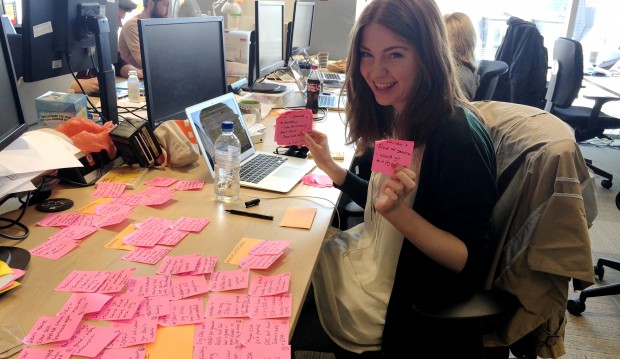
More and more teams across government are putting user needs first and the demand for user researchers is high.

More and more teams across government are putting user needs first and the demand for user researchers is high.
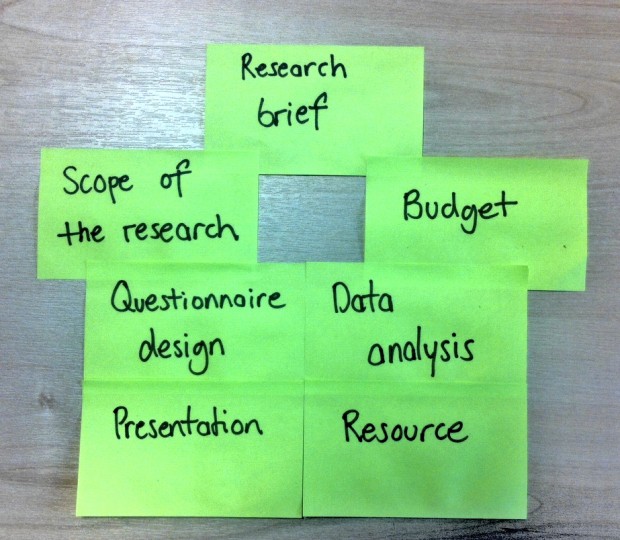
I’m working as a user researcher in the Digital Inclusion team at GDS. Over the past few months, a key part of my work has involved sizing and identifying the characteristics of digitally-excluded service users, and understanding their support needs.
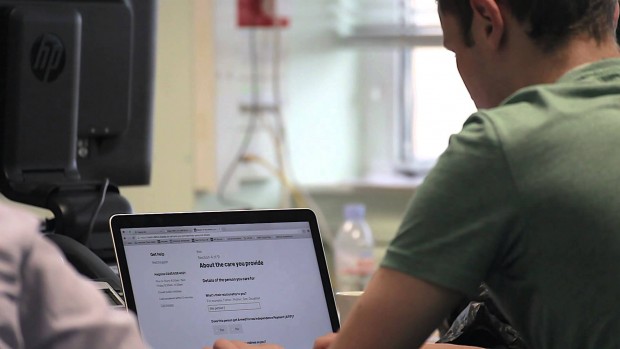
On the Carer’s Allowance exemplar, we wanted to make sure that our service worked for as many people as possible, so we recruited a wide range of users.
Earlier this year we released the ‘Services and information’ page, a new way to access all services and information published by an organisation on GOV.UK.
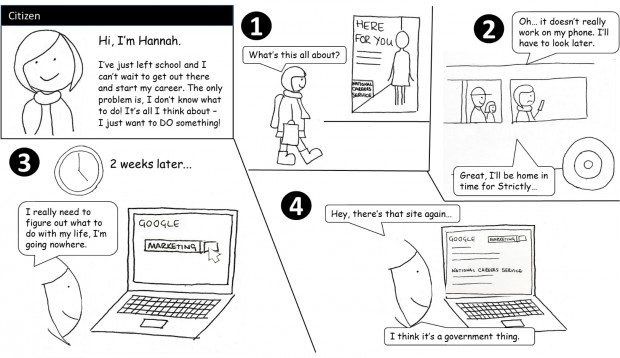
Cartoons are a great way to help your colleagues identify with your users, and you don’t have to be an artist to make them work.
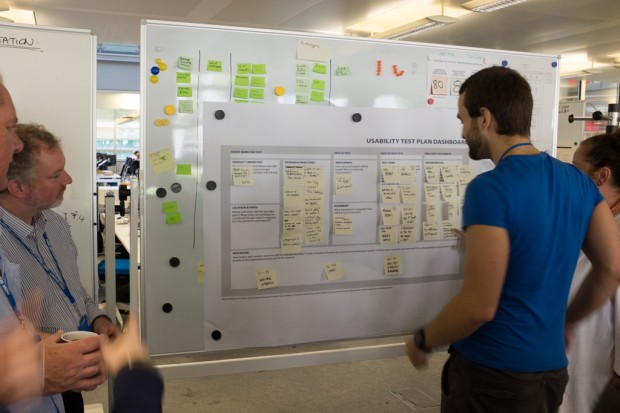
On a recent project in HMRC’s Digital Delivery Centre in Newcastle, we wanted to encourage everyone on the design team to get involved in planning the user research.
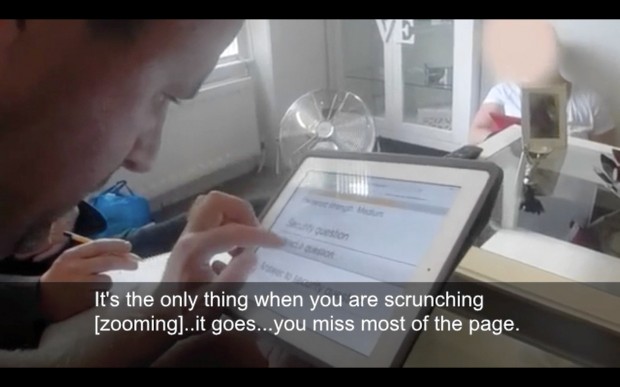
If you want to make sure that people really get the message from your user research video clips, take the time to add subtitles.
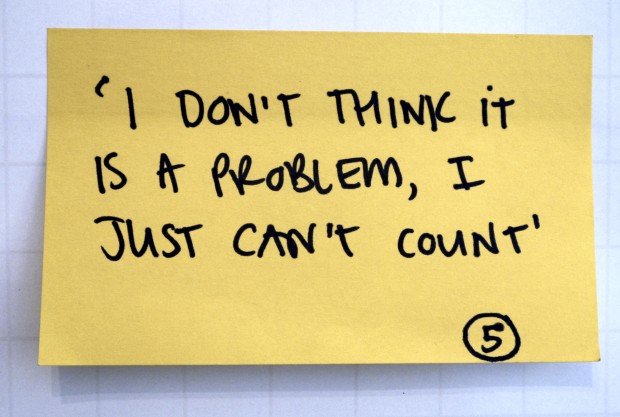
For many of our teams, the 'unit of data' in qualitative user research is the sticky note - or, more precisely, units of information captured onto sticky notes.
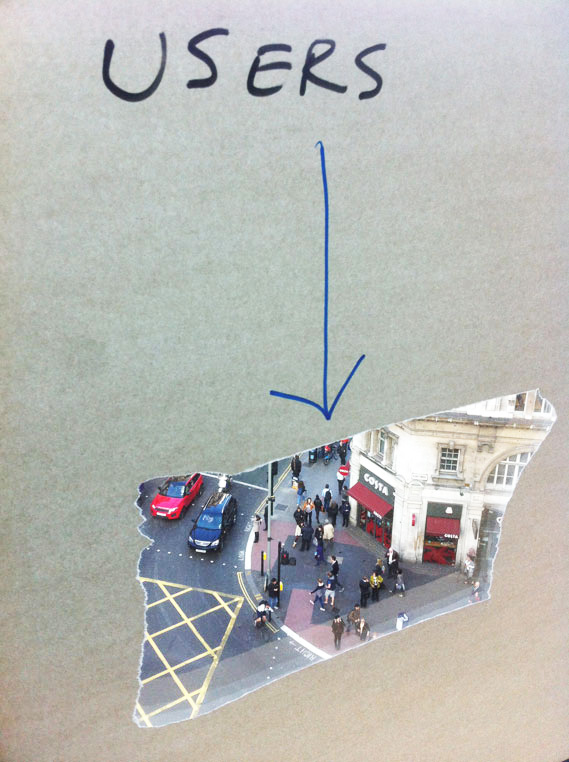
I’m working as a user researcher on GOV.UK Verify, the new way for people to prove they are who they say they are when using government services online.

If you're doing qualitative design research, don't worry about sample size. Sample size and statistical significance don't matter*.